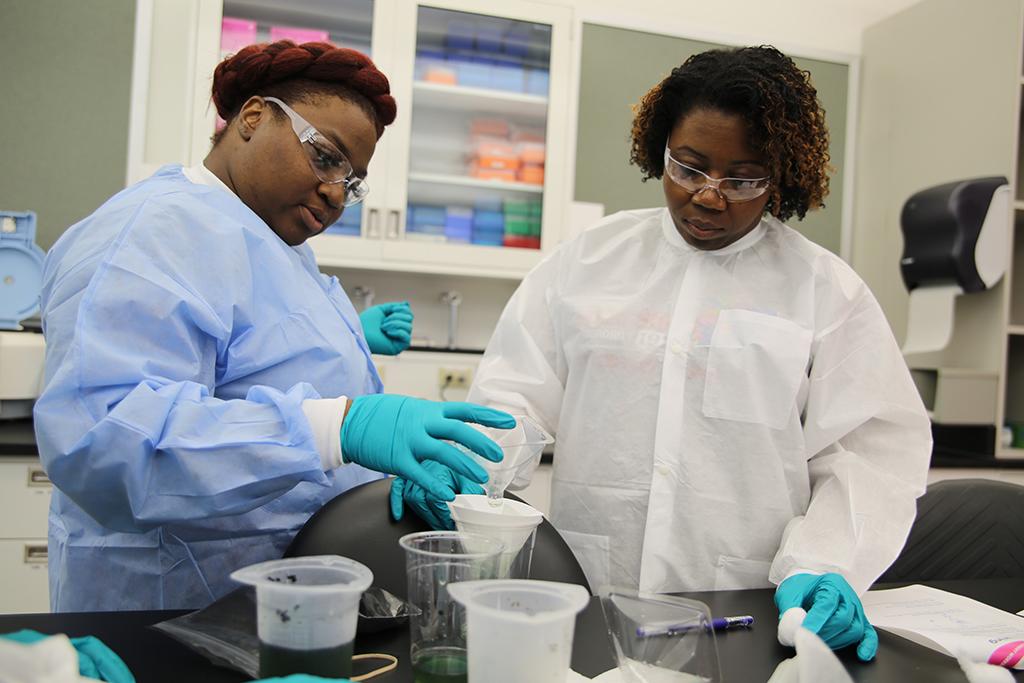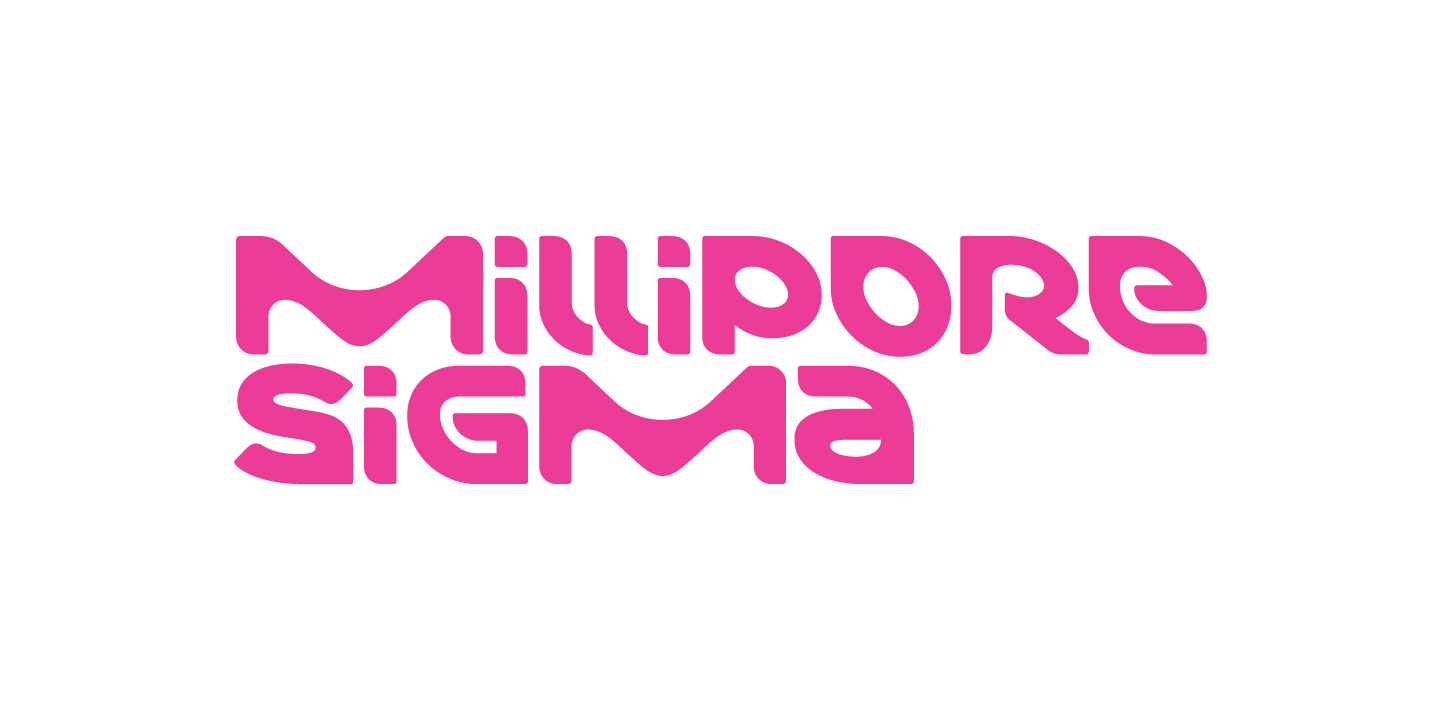Collaborative Leverages Business and Community Resources for Transformative Approach to STEM Education
By Victoria L. May and Myra Lopez

Originally Published by Connected Science Learning
A dialogue was sparked in 2010 among St. Louis–area corporate leaders, spearheaded by Deborah Patterson, then president of Monsanto Fund, the philanthropic arm of Monsanto Company (now operating as Bayer), about the need to attract STEM talent to the St. Louis region. The group spent two years studying the problem. Their starting point was to perform a needs assessment and focus group research. They surveyed K–12 educators, university faculty, informal education providers, and corporate stakeholders before identifying teacher training as the critical piece to improving STEM education in the region.
Determining that money alone could not solve the problem, and that talent is pivotal to a successful business, the companies decided to pool their resources and invite representatives from universities, schools, and informal institutions (e.g., YMCA, YWCA, Girls Inc., Boys and Girls Club, Saint Louis Science Center) to one planning table. Ultimately, that early dialogue and research led to the formation of STEMpact, a collaboration of St. Louis’ top STEM employers, local foundations, a team of STEM instructors from across formal and informal settings, and Washington University in St. Louis (WashU).
Founding funding members of STEMpact include Boeing, Monsanto (now Bayer), Emerson, Sigma-Aldrich (now MilliporeSigma), Express Scripts, and WashU. The collaborative has grown to include individuals and foundations, such as the James S. McDonnell Family Foundation.

